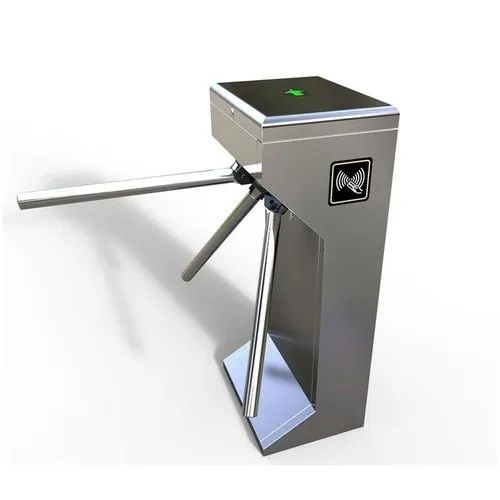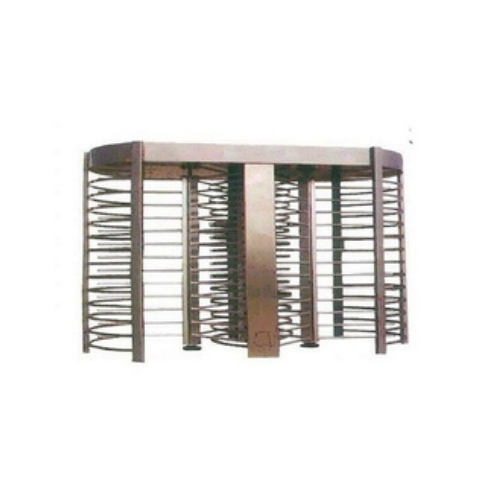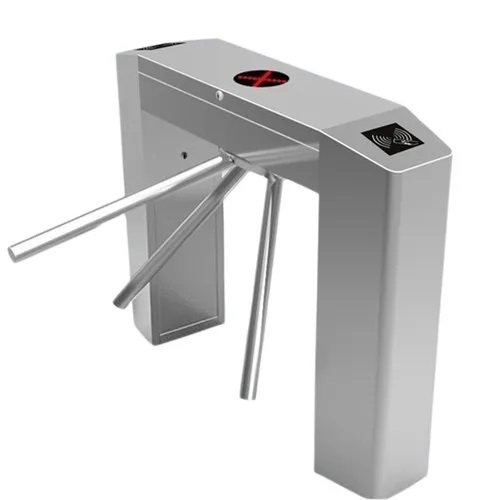Call us now : 08071931044
Tripod Turnstile
36000 INR/Piece
Product Details:
- Warranty 1 Year
- Color Silver
- Usage Industrial
- Product Type Tripod Turnstile
- Material Stainless steel
- Remote Control No
- Click to View more
X
Tripod Turnstile Price And Quantity
- 1 Piece
- 36000 INR/Piece
Tripod Turnstile Product Specifications
- Stainless steel
- 1 Year
- Tripod Turnstile
- Industrial
- No
- Silver
Tripod Turnstile Trade Information
- Cash in Advance (CID)
- 100 Piece Per Month
- 10 Days
Product Description
Tell us about your requirement

Price:
Quantity
Select Unit
- 50
- 100
- 200
- 250
- 500
- 1000+
Additional detail
Mobile number
Email








 Send Inquiry
Send Inquiry Send SMS
Send SMS Call Me Free
Call Me Free
